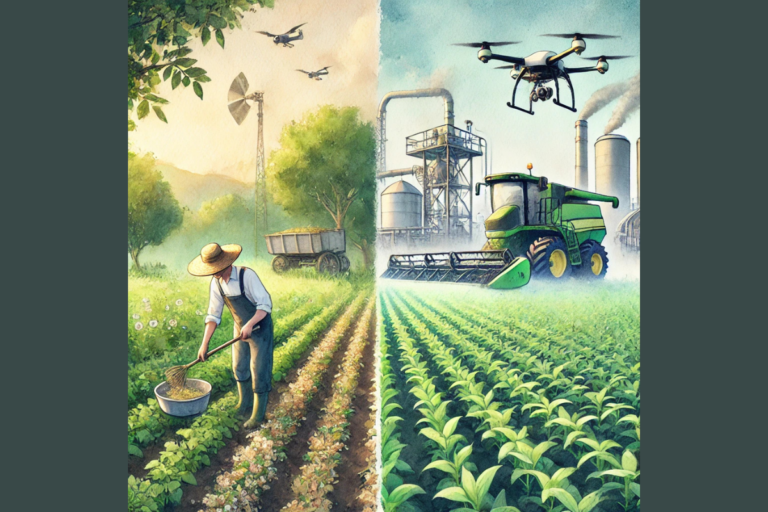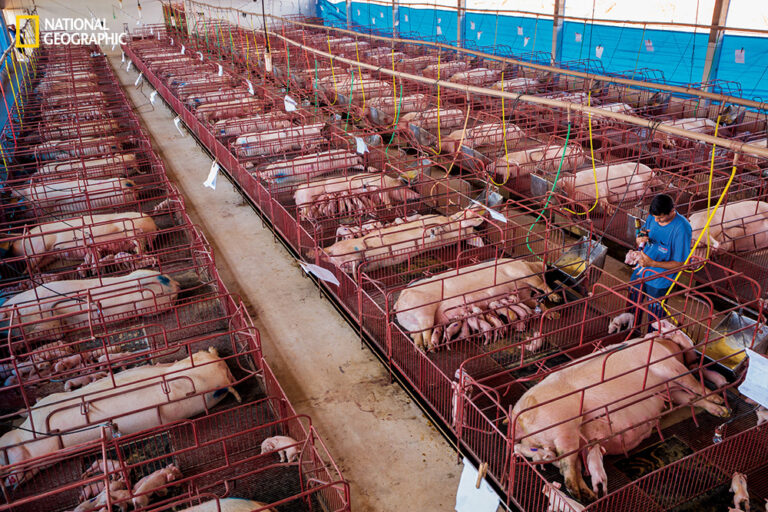the social basis of agro-environmental concern: physical versus social proximity
This article attempts to answer the questions, “Is environmental concern widely diffused throughout society or is it more strongly expressed by particular sub-populations? How has concern changed over time?” This was accomplished by studying the attitudes about agriculture and the environment in relation to an individual’s geographic and social distance from agriculture.
They began by examining the following three concepts:
The economic contingency hypothesis: when economic conditions deteriorate, the most economically vulnerable become less supportive of environmental protection and preservation;
The broadening base hypothesis: anticipates that as environmental problems become more widely known and understood, concern for the environment diffuses widely through-out society and is no longer limited to particular subpopulations;
Environmental deprivation theory: anticipates that environmental concern will be higher among residents with lower environmental quality.
Based on research from 1973-1990, supportive evidence was not found to support either hypothesis or the environmental deprivation theory. Instead, various researchers found that there is a relatively stable level of interest with younger age being most closely tied to increased environmental concern. However, it was also found that there is a strong relationship between one’s geographic location along the rural-urban continuum and attitudes about agriculture and the environment. Participation in rural recreational activities enhanced this relationship. Environmental concern about land-use for food production is correlated with younger age, urban residence, employment in non-extractive industries, liberalism and more education. Closer proximity to food production is correlated with more concern about it and increased trust in producers.
It is noted that in the Midwest, concern about structural changes to agriculture are affecting environmental quality and community well-being. It is indicated that structural changes, such the consolidation of farming operations, the use of genetically modified organisms (GMOs) and the emergence of factory farms, are causing the greatest amount of concern. As these developments are considered unfavorable by most, they are correlated with the emergence of the “Not in My Backyard” (NIMBY) mentality. These issues are also attributed to the increasing amount of conflict surrounding agriculture and land-use, demographic shifts and evolving values related to open space.
We have historically lived in a society with an agrarian belief system which means that there are high levels of support for agrarianism throughout society. However, a steady decline of farming as an occupation, the relative decline of agriculture as the dominant industry in many rural regions and the changing demographics of rural residents is changing that fact. These values are associated with age (+), education (-) and income (+). Living on or growing up near farms is also positively correlated with an endorsement of these values. The analysis also showed that more urban respondents (living in core urban, suburban, exurban incorporated and rural incorporated places) are less likely to express agrarian support than residents of rural townships places. The same residents are less likely to trust farmers as environmental stewards. However, those who engage in and support rural recreation are more likely to trust farmers as environmental stewards.
The authors conclude that environmental concern is not diffused equally throughout society – a trend that has existed throughout history.
Sharp, J., & Adua, L. (2009). The Social Basis of Agro-Environmental Concern: Physical versus Social Proximity. Rural Sociology, 74(1), 56-85.




